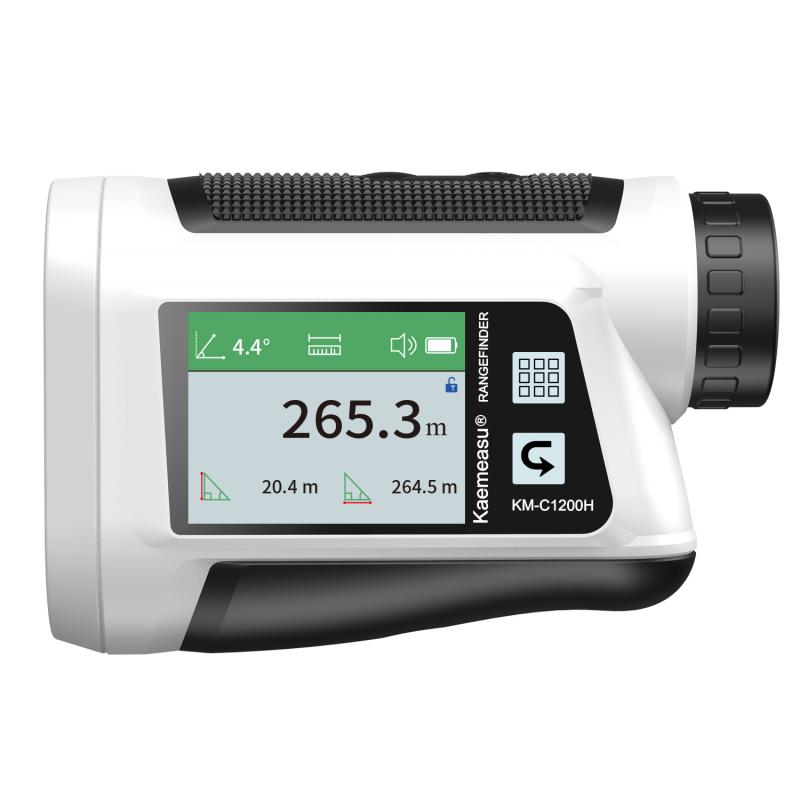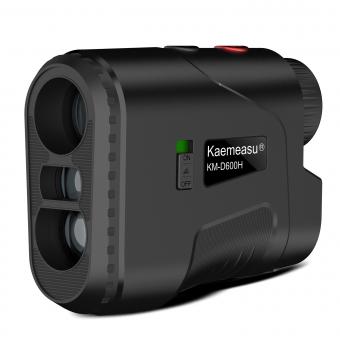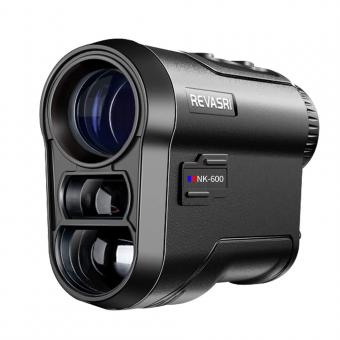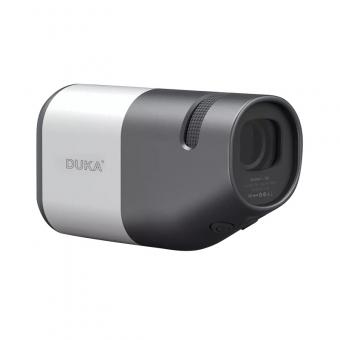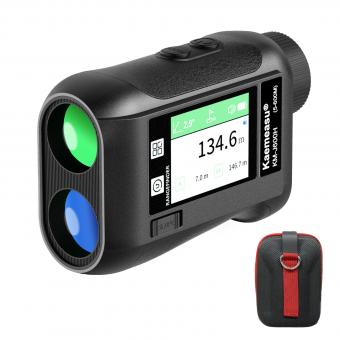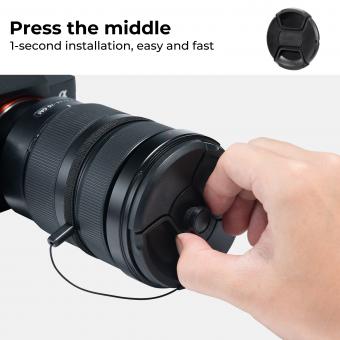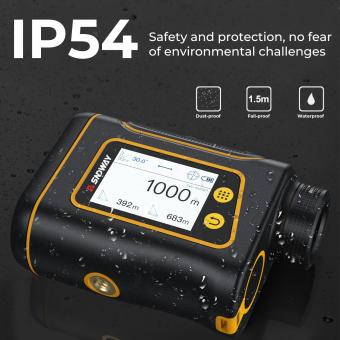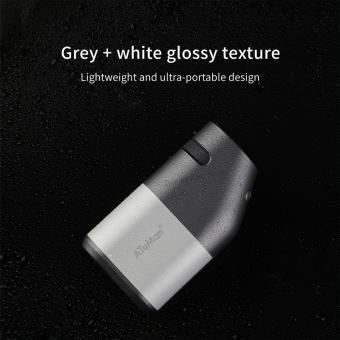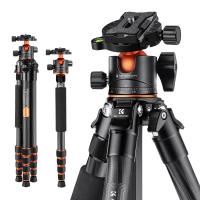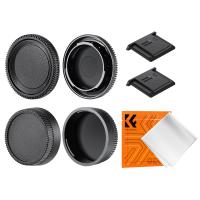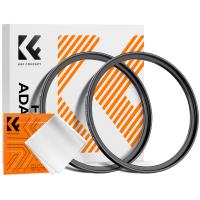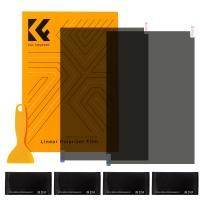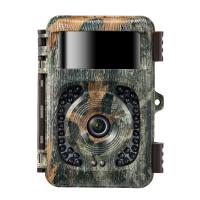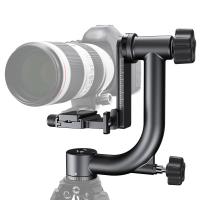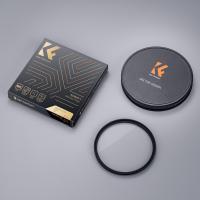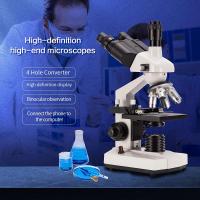How Rangefinder Works ?
A rangefinder is a device used to measure the distance between two objects. There are different types of rangefinders, but most work by emitting a laser beam or sound wave towards the target and measuring the time it takes for the beam or wave to bounce back to the device. The rangefinder then calculates the distance based on the time it took for the beam or wave to return.
Some rangefinders use a camera and image processing software to determine the distance based on the size of the object in the image. Others use GPS technology to determine the distance between two points.
Rangefinders are commonly used in hunting, golfing, and surveying, among other applications. They are often compact and portable, making them easy to use in the field.
1、 Optical Rangefinder
An optical rangefinder is a device that measures the distance between two points by using optical principles. It works by emitting a beam of light, usually a laser, towards the target and then measuring the time it takes for the light to bounce back to the device. The rangefinder then calculates the distance based on the time it took for the light to travel to the target and back.
The latest point of view on how rangefinders work is that they use advanced technology to improve accuracy and speed. For example, some rangefinders use digital signal processing to filter out unwanted noise and interference, resulting in more accurate readings. Others use advanced algorithms to calculate distance based on multiple readings, resulting in more precise measurements.
Optical rangefinders are commonly used in a variety of applications, including surveying, construction, and hunting. They are also used in military applications for targeting and reconnaissance. The accuracy of optical rangefinders can vary depending on the quality of the device and the conditions in which it is used. Factors such as weather, lighting, and the reflectivity of the target can all affect the accuracy of the readings.
In conclusion, optical rangefinders work by emitting a beam of light towards a target and measuring the time it takes for the light to bounce back. The latest advancements in technology have improved the accuracy and speed of rangefinders, making them more reliable and efficient in a variety of applications.
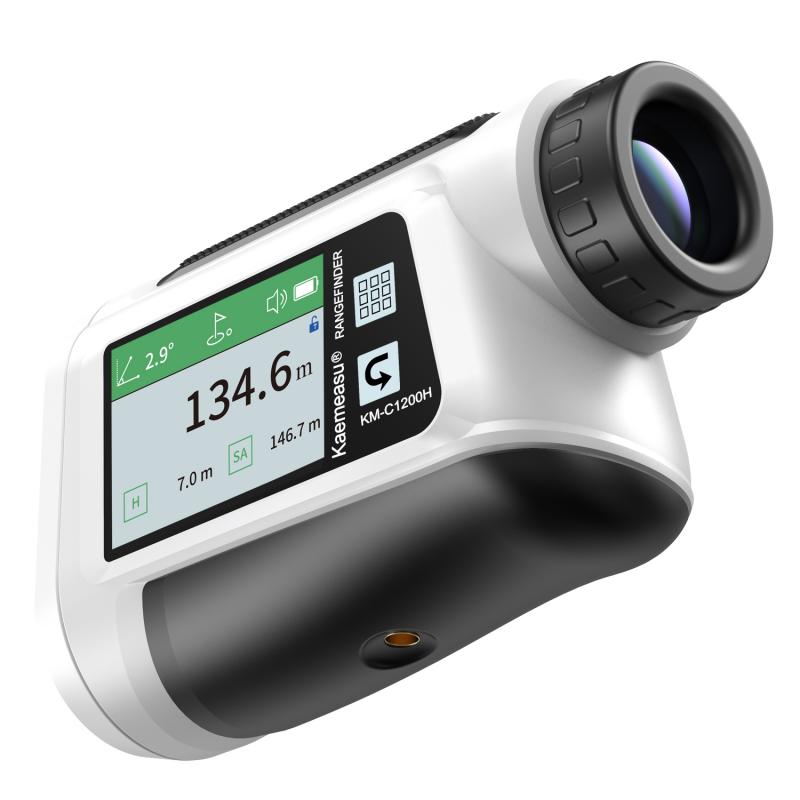
2、 Ultrasonic Rangefinder
Ultrasonic rangefinders work by emitting high-frequency sound waves and measuring the time it takes for the waves to bounce back after hitting an object. The device emits a sound wave, which travels through the air until it hits an object. The sound wave then bounces back to the rangefinder, where it is detected by a sensor. The rangefinder then calculates the distance to the object based on the time it took for the sound wave to travel to the object and back.
The latest point of view on ultrasonic rangefinders is that they are a reliable and cost-effective way to measure distances. They are commonly used in a variety of applications, including robotics, automotive, and industrial automation. Ultrasonic rangefinders are also used in medical imaging, where they can be used to measure the distance between organs or tissues.
One of the advantages of ultrasonic rangefinders is that they can be used in a wide range of environments, including indoors and outdoors. They are also relatively easy to use and do not require a lot of technical expertise. However, they do have some limitations, such as their accuracy, which can be affected by factors such as temperature, humidity, and air pressure.
Overall, ultrasonic rangefinders are a useful tool for measuring distances in a variety of applications. They are reliable, cost-effective, and easy to use, making them a popular choice for many industries.
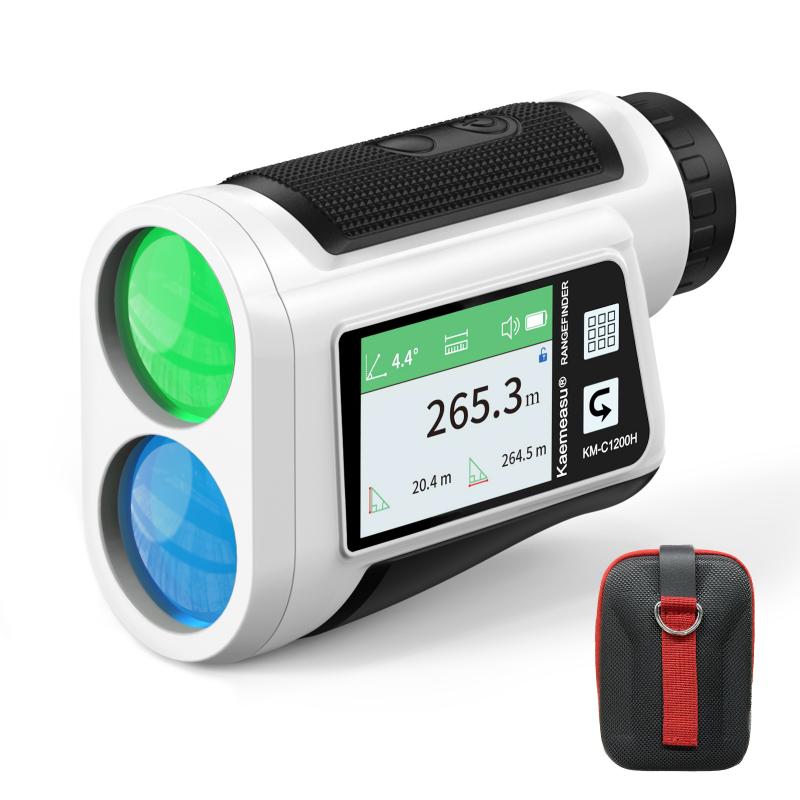
3、 Laser Rangefinder
A laser rangefinder is a device that uses a laser beam to determine the distance between two objects. The laser beam is emitted from the rangefinder and travels to the target object. The beam then reflects off the target and returns to the rangefinder. The rangefinder measures the time it takes for the beam to travel to the target and back, and uses this information to calculate the distance between the rangefinder and the target.
The laser rangefinder works by emitting a short pulse of laser light, typically in the infrared range. The laser beam is focused by a lens and directed towards the target. When the beam hits the target, it reflects back towards the rangefinder. The rangefinder then measures the time it takes for the beam to travel to the target and back. This time measurement is used to calculate the distance between the rangefinder and the target.
The latest point of view on laser rangefinders is that they have become increasingly accurate and reliable. Modern laser rangefinders can measure distances with an accuracy of up to 0.1 meters, and can be used in a variety of applications, including golf, hunting, and surveying. Some laser rangefinders also have additional features, such as slope compensation and angle measurement, which make them even more versatile and useful.
In conclusion, laser rangefinders work by emitting a laser beam towards a target and measuring the time it takes for the beam to travel to the target and back. They have become increasingly accurate and reliable, and are used in a variety of applications.
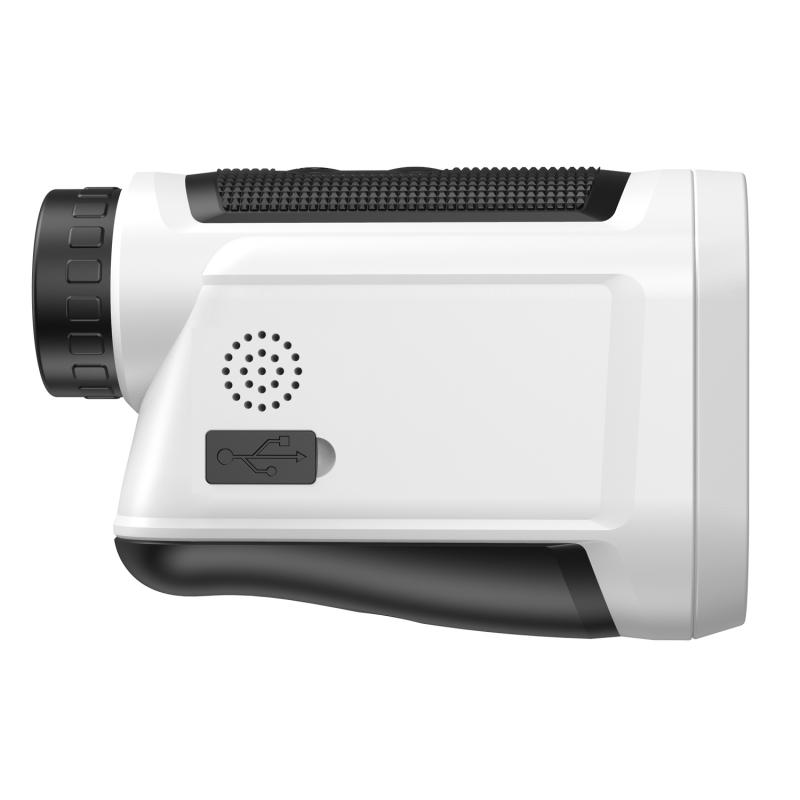
4、 Time-of-Flight Rangefinder
A Time-of-Flight (ToF) rangefinder is a device that measures the distance between two objects by calculating the time it takes for a light signal to travel from the rangefinder to the object and back again. The rangefinder emits a short pulse of light, usually in the form of a laser beam, which travels to the target object. The light reflects off the object and returns to the rangefinder, where it is detected by a sensor. The time it takes for the light to travel to the object and back is measured, and this time is used to calculate the distance between the rangefinder and the object.
The ToF rangefinder works by using a time-of-flight measurement technique, which is based on the speed of light. The speed of light is constant, and it is known that light travels at a speed of approximately 299,792,458 meters per second in a vacuum. By measuring the time it takes for the light to travel to the object and back, the rangefinder can calculate the distance between the two objects.
The latest point of view on ToF rangefinders is that they are becoming increasingly popular in a variety of applications, including robotics, autonomous vehicles, and virtual reality. They are also being used in smartphones for facial recognition and augmented reality applications. ToF rangefinders offer several advantages over other types of rangefinders, including high accuracy, fast response time, and the ability to measure distances to multiple objects simultaneously. As technology continues to advance, it is likely that ToF rangefinders will become even more widely used in a variety of applications.
